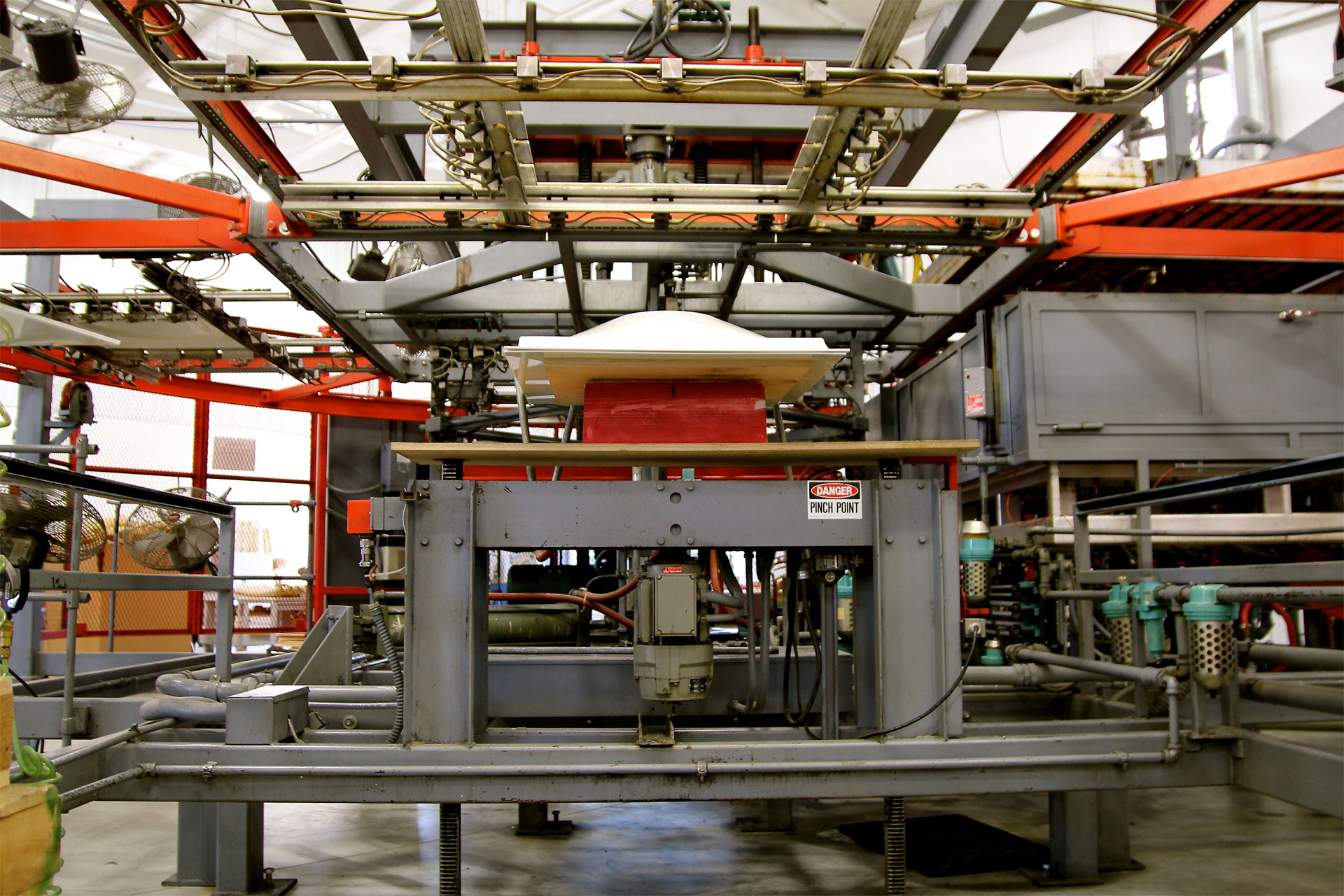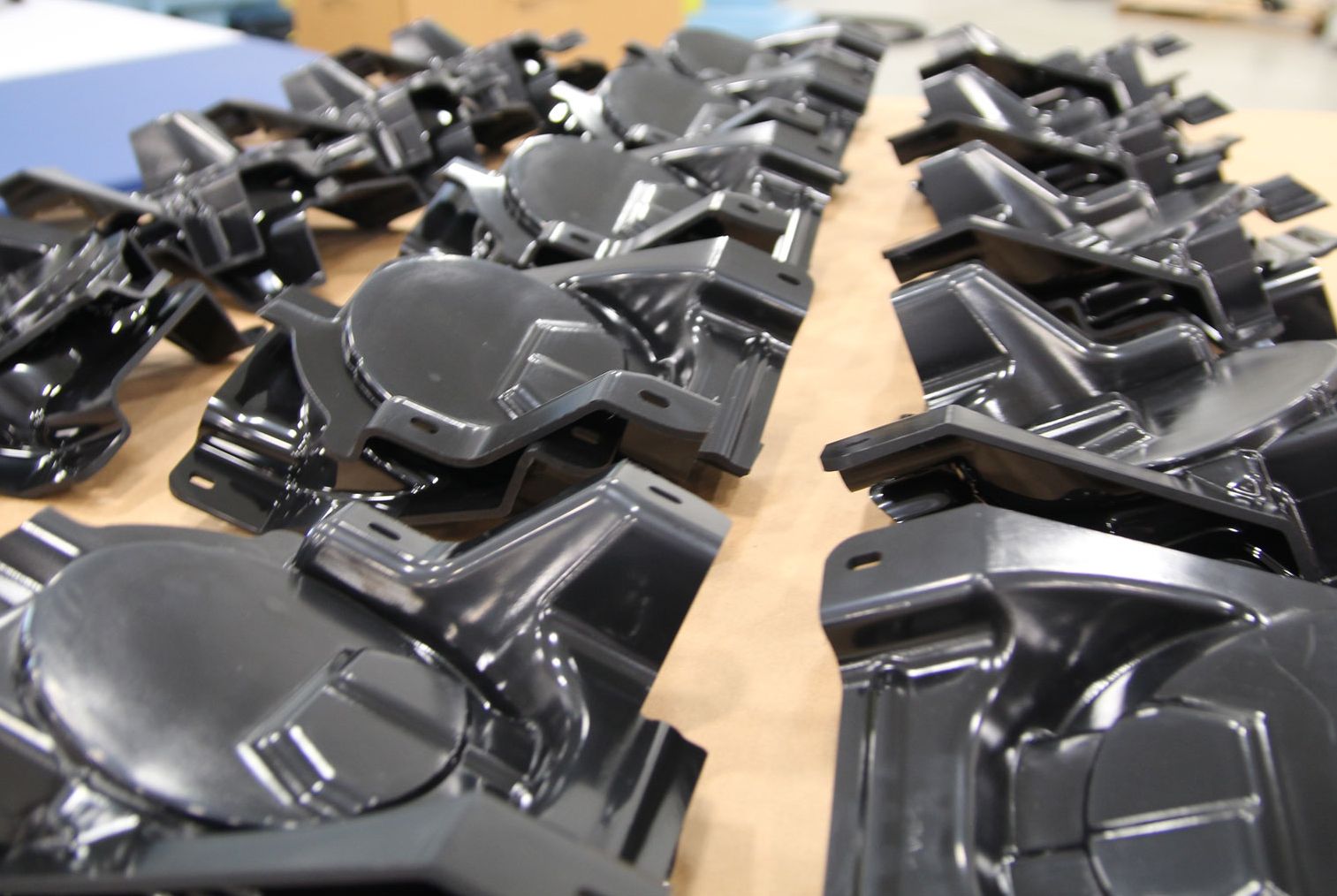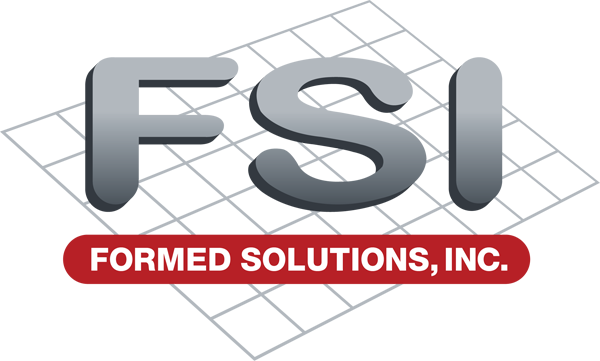Vacuum Forming
For a More Precise Thermoform
Vacuum forming is a specialized method within thermoforming, characterized by its ability to shape parts through the application of vacuum pressure between a heated thermoplastic layer and a mold. This technique initiates when the thermoplastic reaches an ideal temperature, becoming flexible yet not liquid. The application of vacuum pressure then ensures the plastic conforms precisely to the mold, resulting in components with intricate details. This process is particularly advantageous for smaller-scale production runs, offering significant savings on prototype and production tooling costs, alongside a notably quicker product development cycle. For prototyping and lower volume projects, Renshape® modeling board, and 3d printed tools are a viable option.
Vacuum forming allows for exceptional customization in terms of color matching and product thickness, catering to specific project requirements. This adaptability ensures that the final product not only meets the functional specifications but also aligns with aesthetic preferences, making it a preferred choice for a wide range of applications across various industries.
We would be happy to review your drawings or CAD files. Email your WinZip compressed file(s) to fsisales@formedsolutions.com. We accept the following formats:
– NX Native
– Step
– Parasolid
– IGS
– AutoCad 2D .DWG or .DXF


Key Concepts in Vacuum Forming:
- Thermoforming: A manufacturing process where a plastic sheet is heated and formed over a mold. It includes techniques such as vacuum forming, which uses vacuum pressure; pressure forming, which employs forced air pressure; and compression molding, which involves matched metal molds.
- Thermoplastic: A variety of plastic polymers used in vacuum forming become soft and moldable when heated and return to a solid state upon cooling. These materials, including styrene polymers, vinyls, nylons, fluorocarbon materials, polyethylenes, and acrylics, are selected based on the specific needs of each project.
- Vacuum Forming Molds: Typically made from aluminum for its durability and longevity, these molds offer low tooling costs and the flexibility needed for diverse design requirements. Aluminum molds are preferred for their ability to withstand repeated use without compromising the quality of the formed parts.
- Color Matching and Product Thickness: Vacuum forming supports precise color matching, ensuring that the produced parts align with the desired color specifications. Additionally, the process allows for control over product thickness, providing flexibility to meet various strength and durability requirements.
Vacuum forming stands out for its efficiency, customization capabilities, and the quality of the produced parts, making it a valuable technique for industries seeking detailed and durable plastic components.

